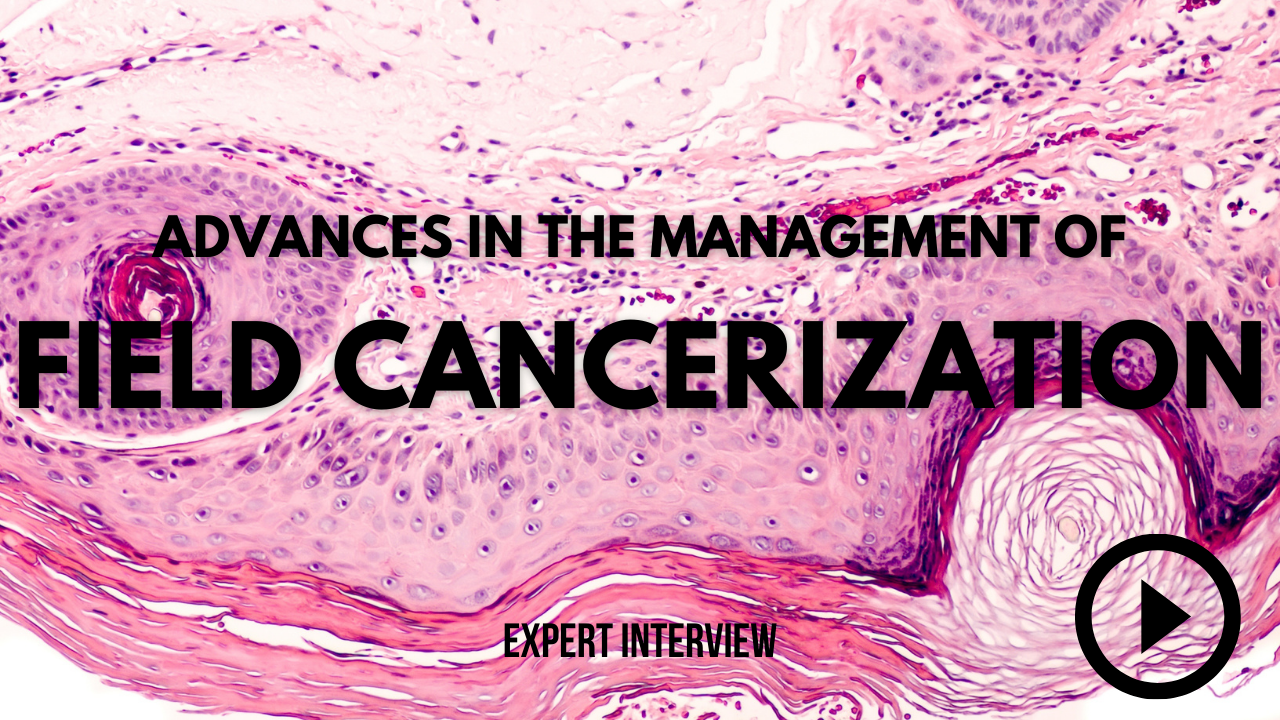- Acne
- Actinic Keratosis
- Aesthetics
- Alopecia
- Atopic Dermatitis
- Buy-and-Bill
- COVID-19
- Case-Based Roundtable
- Chronic Hand Eczema
- Chronic Spontaneous Urticaria
- Drug Watch
- Eczema
- General Dermatology
- Hidradenitis Suppurativa
- Melasma
- NP and PA
- Pediatric Dermatology
- Pigmentary Disorders
- Practice Management
- Precision Medicine and Biologics
- Prurigo Nodularis
- Psoriasis
- Psoriatic Arthritis
- Rare Disease
- Rosacea
- Skin Cancer
- Vitiligo
- Wound Care
News
Article
Patients Report Higher Treatment Satisfaction With Surgery Versus Other Actinic Keratosis Therapies
Author(s):
One hundred patients with AK rated their therapies with the TSQM and Likert scale, and shared their treatment needs regarding goals, cost, type, duration, and location.
Patients with actinic keratosis (AK) tend to prefer therapies that cause greater pain yet take less time to complete, according to a study published in the Journal der Deutschen Dermatologischen Gesellschaft.1
Higher rates of treatment satisfaction and improvements in quality of life were reported among patients with AKs treated with surgery versus daylight photodynamic therapy, ingenol mebutate, or diclofenac-HA.
Image Credit: © DermNet

Background and Methods
There is no standardized way to predict which AK will progress to squamous cell carcinoma, and progression rates differ significantly. While available treatments are effective, patient outcomes and satisfaction vary.2
Researchers behind the present study sought to assess the correlation between patient treatment satisfaction, quality of life, and other factors when undergoing treatment for AK.
They conducted a monocentric cross-sectional survey that collected data via a questionnaire from November 2016 to April 2018. Patients with AK who had undergone at least 2 therapies were invited to participate, with the survey assessing treatment preferences, rating satisfaction with recent therapies using the Treatment Satisfaction Questionnaire for Medication (TSQM) and a Likert scale, and collecting demographic and quality-of-life data.
Findings
The patient population predominantly consisted of elderly males, with 81% male and 19% female participants. Individuals ranged in age from 33 to 95 years, with a median age of 75. Statutory health insurance covered 63% of the patients, while 37% had private health insurance.
The majority of patients (95%) presented with field cancerization rather than solitary lesions. Histological data was available for 48 patients, with 93.8% classified as keratinocytic intraepidermal neoplasia III. Disease duration averaged 44.5 months, and a significant portion of the cohort had a history of basal cell carcinoma or squamous cell carcinoma.
Researchers utilized the Dermatology Life Quality Index (DLQI) to measure the impact of AK on patients' quality of life. The median DLQI score was 1, indicating minimal impact, with 90.8% of patients reporting at most mild impairment.
Patients had undergone a median of 3.7 different therapies, with a total of 365 treatments administered. The most common recent therapies included ingenol mebutate (16%), daylight photodynamic therapy (PDT) (15%), and cryotherapy (14%).
Among all reported treatment options, surgical methods received the highest scores in overall satisfaction (78.47) and effectiveness (81.95), followed by daylight photodynamic therapy and ingenol mebutate. Diclofenac-HA received the lowest scores.
On the Likert scale, surgical methods were rated the highest (2.09), while diclofenac-HA and conventional photodynamic therapy received lower ratings (3.54 and 3.00, respectively). Cryotherapy exhibited higher rates of satisfaction on the Likert scale compared to the TSQM.
Conclusions
Researchers noted that the study may have been limited by its small sample size; exclusion of newer, more novel therapies due to insufficient sample sizes; and its limitation to severely affected clinic patients.
However, study authors emphasized the importance of considering the effects of therapies on patients with AK and the role of patient involvement in therapeutic decision-making.
"Our collective of patients with pronounced AK prefers short therapeutic regimens with few side effects, but only if they also have a sustainable effect," according to Lang et al. "Especially in the collective of severely affected patients, personalized medicine with implementation of procedures tailored to the patients’ needs is essential."
References
- Lang BM, Zielbauer S, Stege H, Grabbe S, Staubach P. If patients had a choice – treatment satisfaction and patients’ preference in therapy of actinic keratoses. JJ Dtsch Dermatol Ges. August 22, 2024. https://doi.org/10.1111/ddg.15457
- Steeb T, Wessely A, Petzold A, et al. How to assess the efficacy of interventions for actinic keratosis? A review with a focus on long-term results. J Clin Med. 2021; 10: 4736.
Newsletter
Like what you’re reading? Subscribe to Dermatology Times for weekly updates on therapies, innovations, and real-world practice tips.







